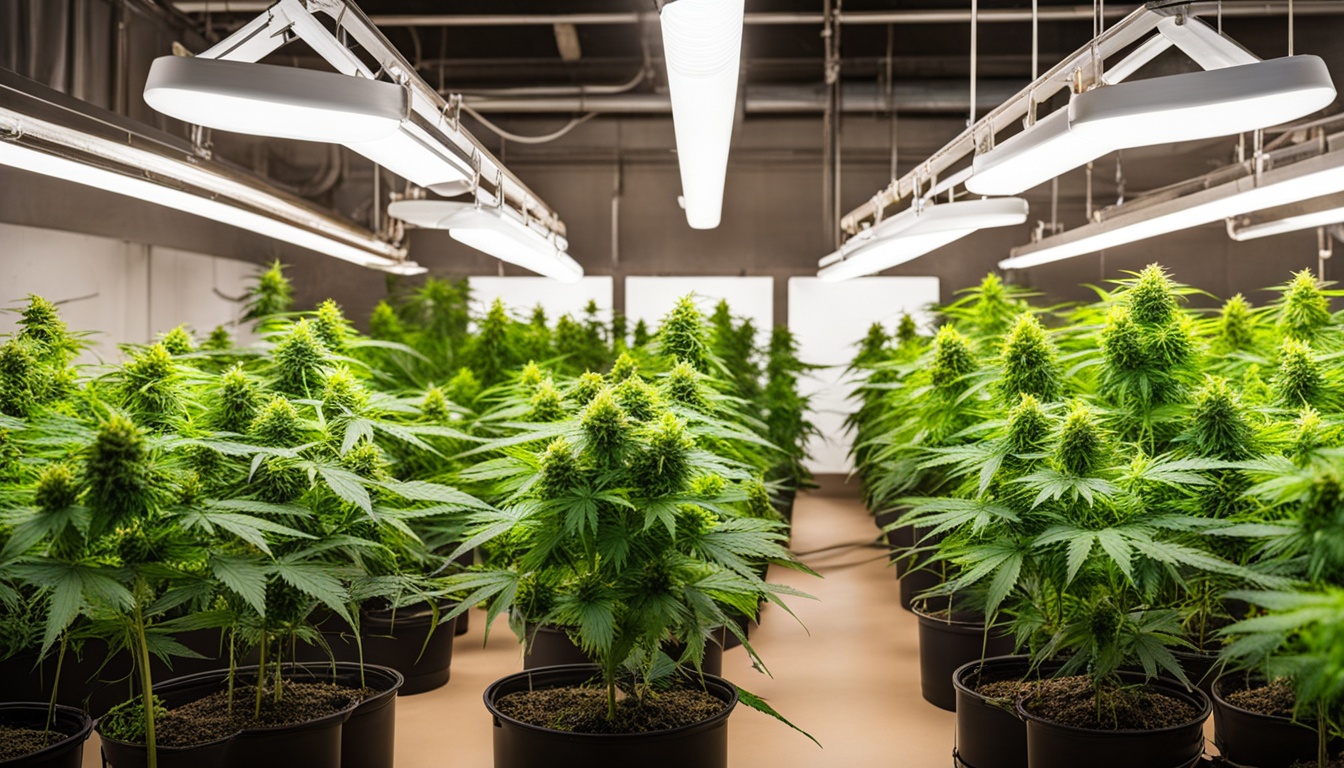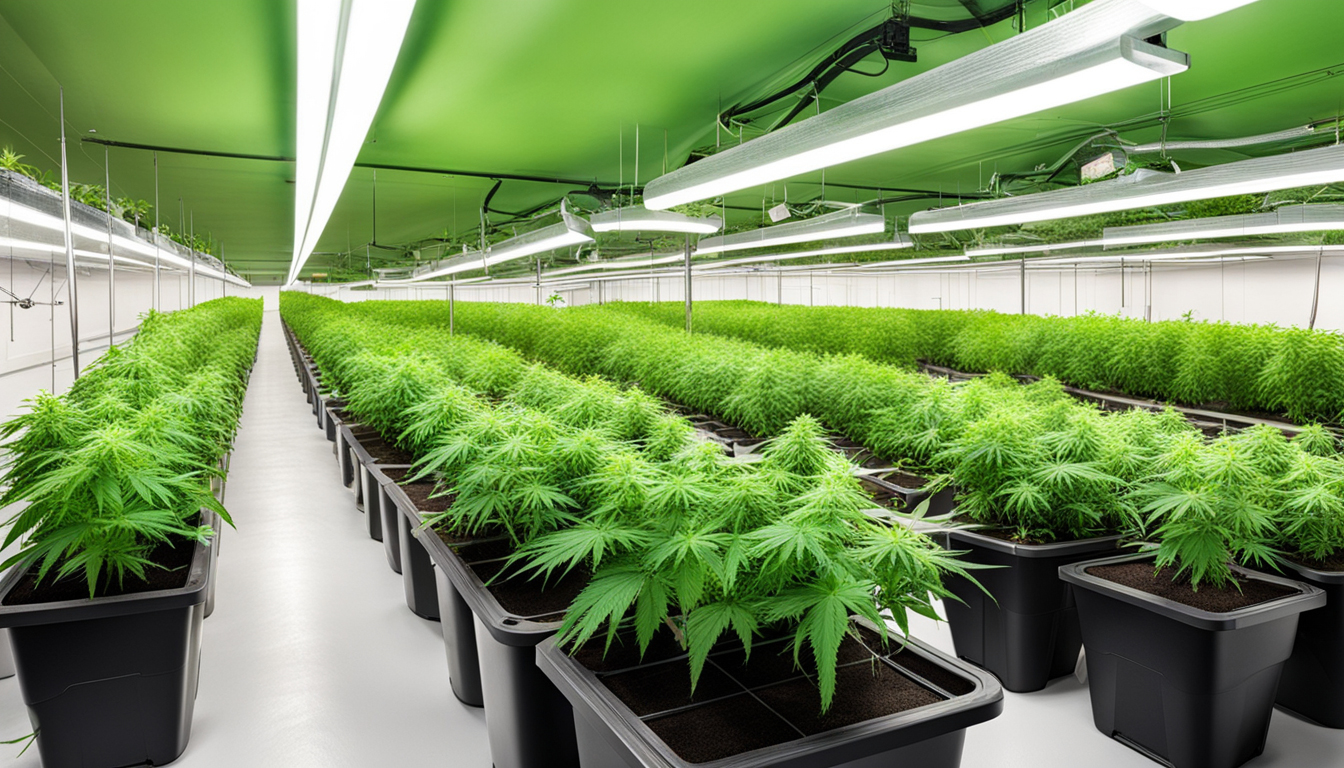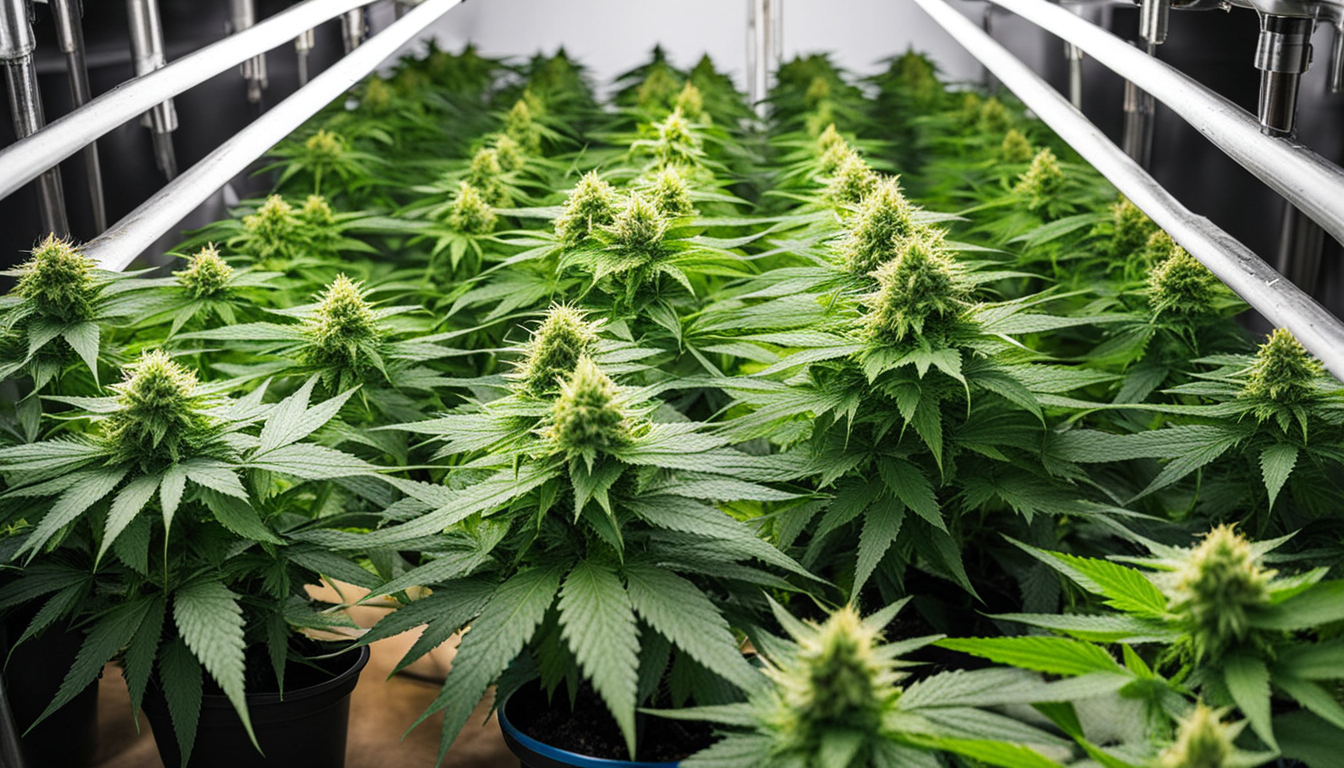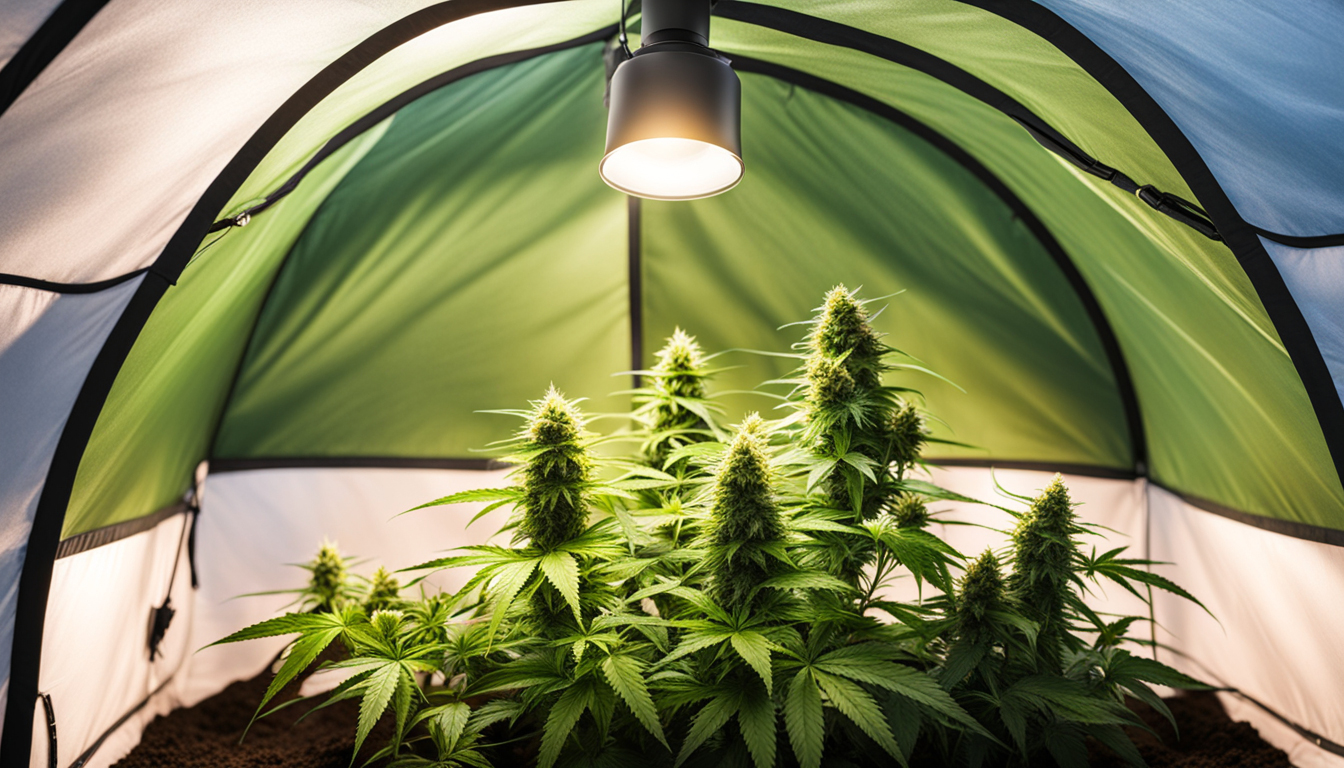
Whether you're just starting out with marijuana growing or looking to improve your existing crop, following this complete guide will help you produce large, high-quality yields right at home. With the right equipment, techniques, and attention, cultivating marijuana indoors can be an extremely satisfying and cost-effective endeavor.
Choosing Weed Strains
The first step in planning your indoor harvest is choosing the right marijuana varieties to cultivate. The three main types of cannabis plants each have their own qualities.
Energizing strains
Known for their invigorating intellectual effects, sativas grow tall and slender with narrow leaves. They flourish in tropical tropical climates and have a longer flowering time between 2.5-3 months indoors. Top energizing varieties include Jack Herer, Durban Poison, Super Lemon Haze, and Jack Herer.
Indicas
Indicas provide calming body-focused effects and grow short and bushy with broad leaves. Adapted to cooler mountain climates, they bloom faster within 2-2.25 months. Popular indica strains include Northern Lights, Bubba Kush, and Bubba Kush.
Hybrids
Hybrid varieties mix traits from both energizing strains and indicas. They offer combined effects and have medium flowering periods around 2.25-2.5 months. Popular hybrids are OG Kush, Girl Scout Cookies, and Blue Dream.

Setting Up Your Cultivation Space
Marijuana plants need the right controlled environment to flourish. Key factors for indoor cultivations are lighting, airflow, layout, and finding the ideal discreet spot.
Location
Choose an unused space with direct access to water and power outlets. An empty spare room, large closet, corner of the basement, or grow tent locked away in a garage all make great discreet cultivation room spots.
Lighting
Pot requires intense light for all vegetative stages. LED grow lights are efficient and come in full spectrum options simulating real sunlight. Provide 15-25 watts per square foot for the growth stage and 20-40 watts per sq. ft. for bloom.
Ventilation
Proper airflow and exhaust systems keep ideal temperature, moisture, and fresh CO2 levels. Set up quiet 4-6 inch blowers or carbon filters to refresh old air and eliminate odors.
Layout
Optimize your space by arranging plants carefully under the lamps and leaving room to reach and work around them. Set up separate zones for growth, bloom, drying, and propagation.

Cultivation Substrates
Weed can be cultivated in various substrates, each with pros and cons. Pick a suitable option for your specific setup and growing style.
Soil
The traditional substrate, soil is inexpensive and easy for beginners. It provides great flavor but needs more irrigation and nutrients to feed plants. Enrich soil with vermiculite or coir to improve drainage.
Coconut coir
Made from coir, renewable coconut fiber holds water but still lets in air to the roots. It's more sterile and more consistent than soil. Use coco-specific nutrients to avoid calcium buildup.
Hydroponics
In hydro systems, plant roots grow directly in nutrient water solution. This allows rapid growth but needs close monitoring of solution chemistry. Deep water culture and drip systems are common techniques.
Germinating Seeds
Germination activates your weed seeds to begin sprouting taproots. This prepares them for planting into their growing medium.
Paper Towel Method
Place seeds between damp paper towels and keep them moist. Inspect after a week for growing radicles showing sprouting is complete.
Planting directly
Insert seeds right into wetted cultivation medium 6mm deep. Gently water and wait 7-14 days until seedlings break through the surface.
Rockwool Cubes
Presoak rockwool cubes in balanced water. Insert seeds 1⁄4 inch deep into the cubes. Keep cubes moist until sprouts appear within a week to 2 weeks.
Repotting Seedlings
Once sprouted, weed seedlings need to be repotted to avoid overcrowding. Move them into appropriately sized containers.
Ready Containers
Load large containers with growing medium amended with time-released fertilizer. Let pots to absorb water overnight before transplanting.
Gently repotting
Carefully loosen seedling roots from germination medium using a spoon. Put into pre-soaked pot at same depth as before and lightly water in.
Vegetative Stage
The growth stage encourages leafy growth and plant structure through 18-24 hours of continual lighting exposure. This stage usually lasts 4-8 weeks.
Using 18-24 Hours of Light
Use grow lights on a 24 daily schedule or natural sunlight to trigger nonstop growth. Lamp intensity influences size and node distance.
Nutrients
Use grow stage nutrients higher in N. Make sure pH remains around 6.5 for proper fertilizer uptake. Fertilize 25-50% strength after 2 weeks and increase gradually.
Training Techniques
Topping, low stress training, and trellising manipulate growth shapes for flat canopies. This increases yields.

Bloom Stage
The flowering stage grows buds as plants show their sex under a 12 hour light timing. It lasts 8-12 weeks based on variety.
Changing Light Schedule
Change grow lights to 12/12 or move outside for natural 12 hour cycle. This signals plants to start blooming.
Stop Fertilizing
Leaching removes fertilizer residuals to improve flavor. Fertilize lightly the first weeks then just use pH'd water the final 2 weeks.
Flushing
Maintain 12 hour photoperiod but flush using neutral pH water only. Return to plain watering if buds aren't yet mature after two weeks.
Reaping
Knowing when pot is fully ripe delivers maximum potency and aroma. Harvest plants at optimal maturity.
Identifying Ripeness
Look for fading pistils, swelling calyxes, and 10-15% cloudy trichs. Check buds across the plant as they won't all ripen evenly.
Harvesting plants
Use clean, sharp trimming scissors to carefully cut each plant at the base. Keep several inches of stalk attached.
Curing
Hang intact plants or branches inverted in a dark room with moderate temp and humidity around 50-60% for 1-2 weeks.
Curing
Curing keeps drying while aging the buds like aged spirits. This process smooths bitterness and further develops cannabinoid contents.
Jars and Humidity
Manicure dried buds from branches and store into glass jars, packing about 3⁄4 full. Use a sensor to measure jar moisture.
Burping Daily
Unseal jars Request More Info for a few hours each day to slowly reduce moisture. Remoisten buds if humidity goes under 55%.
Long term storage
After 2-3 weeks when humidity levels off around 55-65%, perform a last trim and keep forever in airtight jars.
Common Problems and Solutions
Even seasoned cultivators run into various weed plant problems. Detect problems soon and address them correctly to keep a healthy garden.
Nutrient Deficiencies
Chlorosis often indicate insufficient nitrogen. Purpling stems and leaves signal low phosphorus. Check pH and increase fertilizers slowly.
Pests
Thrips, aphids, fungus gnats, mites, and root aphids are common weed pests. Use organic sprays, predator bugs, and yellow traps for natural control.
Powdery mildew
Excessive moisture promotes powdery mildew and bud rot. Improve circulation and venting while lowering humidity below 50% during bloom.

Summary
With this complete indoor cannabis growing guide, you now have the info to cultivate bountiful strong buds for private grows. Follow these steps and techniques throughout the seed starting, vegetative, and flowering stages. Invest in quality gear and closely check on your plants. In time, you'll be compensated with frosty aromatic buds you grew yourself under the patient guidance of your green hands. Good luck cultivating!